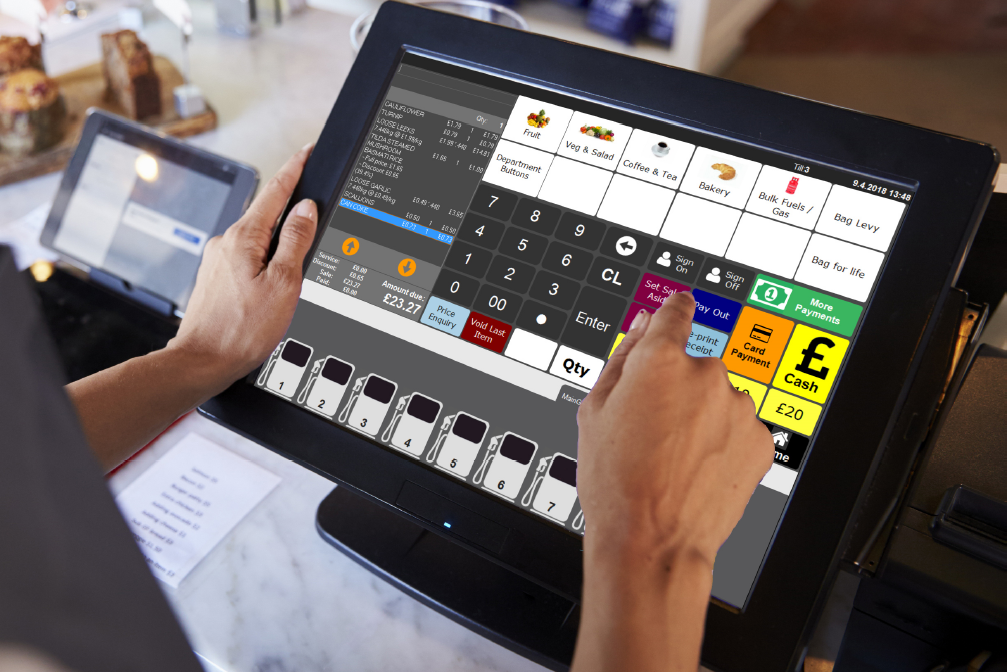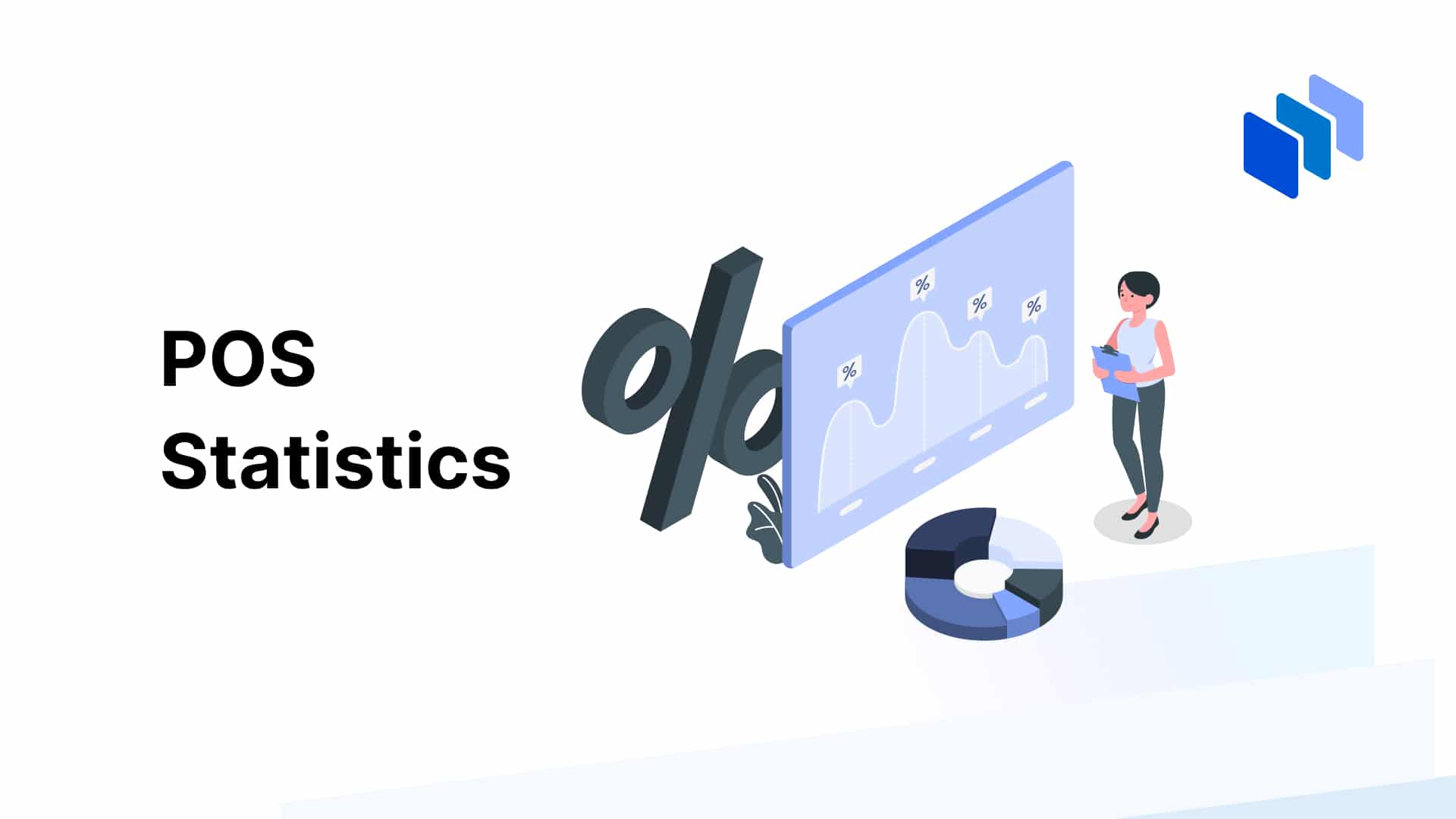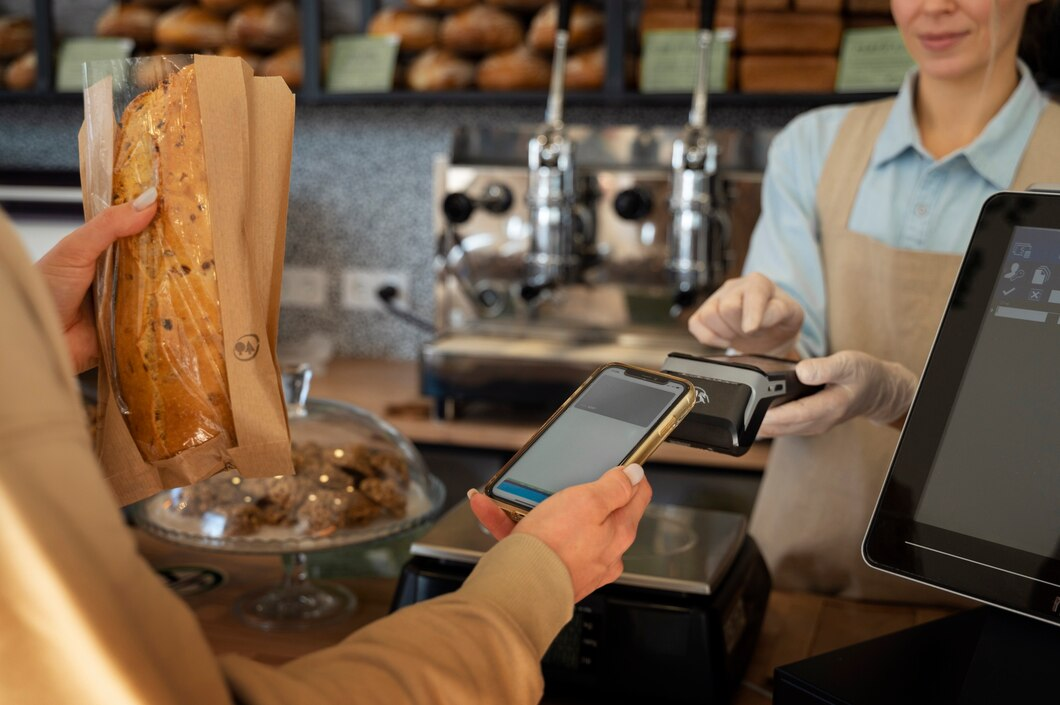How POS Systems Make Inventory Control Easy

In the fast-paced world of retail, hospitality, and e-commerce, inventory control can make or break a business. Without accurate tracking, you risk running out of best-selling products, overstocking items that don’t sell, or losing money through wastage and theft.
For years, many businesses relied on manual spreadsheets or even pen and paper to track inventory—a slow, error-prone process. Thankfully, modern Point of Sale (POS) systems have transformed inventory management into a streamlined, automated, and data-driven process.
Here’s how POS systems make inventory control easier than ever.
1. Real-Time Stock Tracking
One of the most powerful benefits of a POS system is real-time inventory updates. The moment you sell an item, the system automatically deducts it from your stock count.
No more guessing how much you have left or waiting for end-of-day updates. Real-time tracking means you always know exactly what’s in stock, which is essential for avoiding stockouts or overstocking.
2. Automatic Low-Stock Alerts
Running out of a popular product can frustrate customers and lead to lost sales. With a POS system, you can set low-stock thresholds for each item. Once stock reaches that limit, the system sends an alert so you can reorder before it’s too late.
This simple automation ensures you’re always prepared, especially during peak sales seasons.
3. Simplified Purchase Orders
Modern POS systems can streamline the restocking process. Many allow you to create and send purchase orders directly to suppliers based on your inventory levels. Some even integrate with supplier systems to automate reordering.
This not only saves time but also reduces the risk of ordering errors that come from manual processes.
4. Better Inventory Accuracy
Human error is a major reason manual inventory counts go wrong. With POS automation, every sale, return, or adjustment is recorded instantly and accurately.
You also get clear audit trails—meaning you can see exactly when and why inventory changed, which helps prevent theft, fraud, or accidental loss.
5. Multi-Location Management
If you run more than one store or have both online and offline channels, managing inventory can be a nightmare without the right tools. Cloud-based POS systems keep all your stock data centralized and synced across locations.
You can transfer stock between stores, check availability in other branches, and ensure online orders don’t sell items you don’t have in-store.
6. Detailed Sales & Stock Reports
A POS system doesn’t just track stock—it gives you data-driven insights. With detailed reports, you can see:
- Which products sell the fastest
- Which items sit on shelves for too long
- Seasonal sales trends
- Profit margins for each product
Armed with this information, you can make smarter purchasing decisions, optimize your product mix, and increase profitability.
7. Easier Stocktakes & Audits
Doing a full stocktake can be time-consuming, but POS systems make it faster. Many systems work with barcode scanners or mobile devices so staff can quickly count stock and update records instantly.
This means you can do partial or full audits without shutting down operations for hours.
8. Integration with E-Commerce Platforms
For businesses selling online, POS integration with e-commerce platforms is a game-changer. It ensures your inventory is always synced between your website and physical store, preventing overselling or disappointing customers with out-of-stock items.
Conclusion
Inventory control is no longer a manual, stressful task. With a modern POS system, you can track stock in real-time, automate reorders, prevent losses, and get the insights you need to make smarter business decisions.
Whether you run a retail shop, restaurant, or online store, POS-powered inventory management saves time, reduces costs, and improves accuracy—helping your business run smoothly and profitably.






